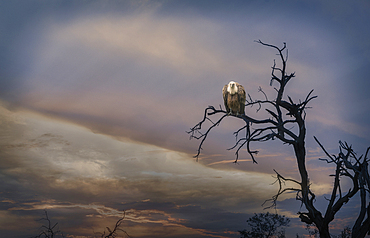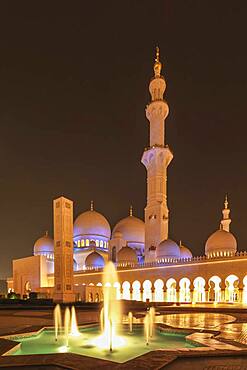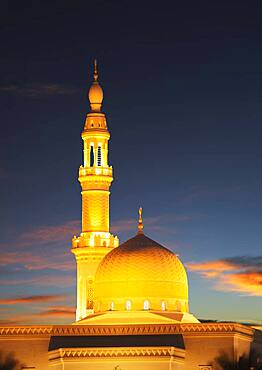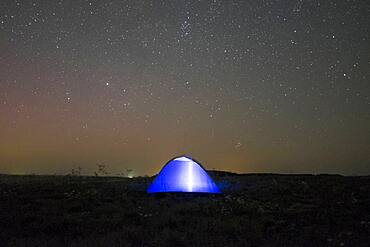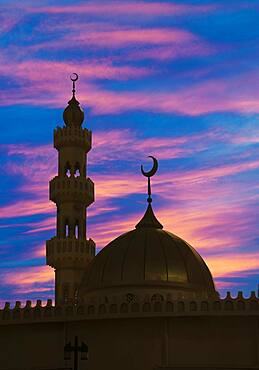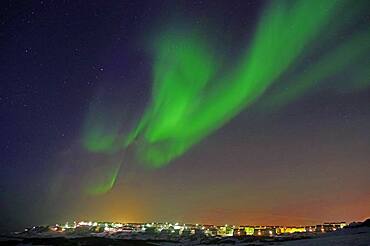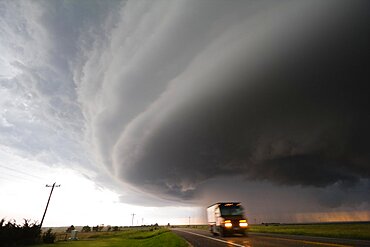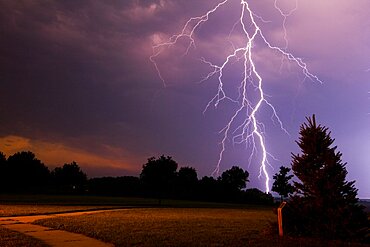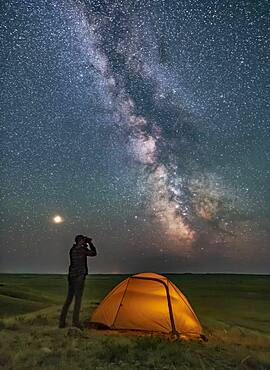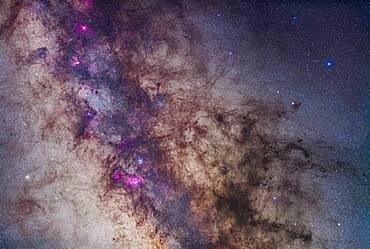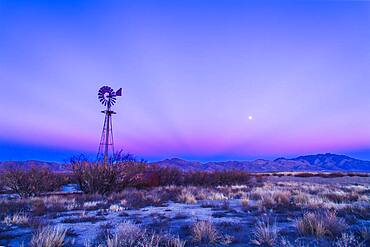Recent searches
Loading...
1178-36526 - Mixed race woman stretching leg on bridge railing
1178-36533 - Smiling mixed race woman listening to earbuds on bridge
1178-36545 - Mixed Race woman stretching on running path in park
1178-36445 - Caucasian man sitting on surfboard in ocean
1178-36547 - Mixed Race woman running on path in park beyond wildflowers
1178-36542 - Legs of mixed race woman running in grass near waterfront
1178-36534 - Mixed Race woman listening to earbuds on bridge and laughing
1178-36539 - Curious mixed race woman leaning on bridge railing
1178-36541 - Mixed Race woman running in grass near waterfront
1178-36544 - Portrait of serious mixed race woman standing on running path in park
1178-36538 - Portrait of mixed race woman stretching arms by pulling on railing
1178-36524 - Mixed race woman running on path in park
1178-36540 - Portrait of smiling mixed race woman in park
1178-36537 - Portrait of mixed race woman stretching arms
1178-37177 - Mother carrying son in field of wheat at sunset
1178-36519 - Mixed Race woman wearing earbuds stretching arms on bridge
1178-36523 - Mixed race woman resting with towel on head
1178-36530 - Distant mixed race woman running on bridge
1178-35524 - Caucasian woman sitting on dock of lake admiring sunset
1178-36864 - Defocused red lights behind tree branch
1178-37184 - Silhouette of a woman waving bubble wand
1178-34909 - Ornate domed building and spires with fountain, Abu Dhabi, Abu Dhabi Emirate, United Arab Emirates
1178-35021 - Mari brothers exploring in rural field
1178-34803 - Ornate fountain near clock tower, Milano, Lombardia, Italy
1178-34816 - Mosque and tower under sunset sky, Manama, Bahrain
1178-34009 - Swimming pool and garden under blue sky
1178-34880 - Illuminated pillar and dome under sunset sky
1178-34882 - Caucasian woman with many arms under sunset sky
1178-33481 - Cowgirls and cowboy riding horses in rural field
1178-34899 - Temple of Poseidon under sunset sky, Cap Sunion, Greece
1178-34990 - Mountain and clouds in remote landscape
1178-34908 - Silhouette of ornate spires and dome building, Abu Dhabi, Abu Dhabi Emirate, United Arab Emirates
1178-33477 - Silhouette of rowing team practicing on still lake
1178-34820 - Plants on balcony overlooking seascape
1178-34603 - Mixed race woman standing on rock over ocean
1178-34893 - Temple of Poseidon ruins under sunset sky, Cap Sunion, Greece
1178-34911 - Ornate domed building and spires, Abu Dhabi, Abu Dhabi Emirate, United Arab Emirates
1178-34802 - Illuminated tower and castle walls, Milano, Lombardia, Italy
1178-34729 - Caucasian woman admiring sunset and ocean
1178-33094 - Defocused view of ocean waves on beach under sunset sky
1178-33855 - Northern Lights glowing green in night sky
1178-34905 - Singapore city skyline and waterfront, Singapore, Singapore
1178-34913 - Ornate domed building over cityscape, Abu Dhabi, Abu Dhabi Emirate, United Arab Emirates
1178-32755 - Hispanic woman wearing wetsuit and goggles
1178-32757 - Hispanic woman wearing wetsuit and goggles
1178-32761 - Asian woman wearing wetsuit and goggles
1178-32762 - Asian woman wearing wetsuit and goggles
1178-32756 - Hispanic woman wearing wetsuit and goggles
1178-32754 - Rear view of Hispanic woman wearing wetsuit
832-392933 - Milky Way over The Daymark, Devon, England, United Kingdom, Europe
832-392728 - Milky Way over The Daymark, Devon, England, United Kingdom, Europe
832-392257 - Northern Lights over Nuuk, Capital, Greenland, Denmark, North America
832-392987 - Dots of light in night sky, background image, harbor of Hamburg, Germany, Europe
1350-177 - The Dark Emu of aboriginal sky lore rising out of the Tasman Sea, from the south cost of Victoria, Australia. From Cape Conran on the Gippsland Coast. Carina is just above centre, Crux, the Southern Cross is at centre, and Centaurus is below Crux. The False Cross is at top.
1350-77 - The Full Moon rising on December 22, 2018, the day after the winter solstice, in a perfectly clear sky and over the distant horizon to the northeast over the snow-covered prairie. Some cows are grazing at left! The top edge of the Moon has a green rim and the bottom edge a red rim, from atmospheric refraction. But it made for a Christmas-coloured Moon ornament on the horizon! The dark lunar mare and even the bright rays splashing from Tycho at bottom are visible.
1350-151 - A Perseid meteor streaks down the Milky Way over the Saskatchewan Summer Star Party in the Cypress Hills of southwest Saskatchewan, at Cypress Hills Interprovincial Park, a Dark Sky Preserve. The Milky Way shines to the south. About 350 stargazers attend the SSSP every year.
1350-89 - The Horsehead Nebula, B33, below the Belt of Orion and the star Alnitak, along with the bright Flame Nebula, NGC 2024, to the left of Alnitak. Many other bright reflection nebulas populate the field, such as NGC 2023 just left of the Horsehead itself. The quintuple star system Sigma Orionis is right of the Horsehead. The dark Horsehead is set against the bright streak of the emission nebula IC 434.
1350-128 - A mosaic of the rich region in Sagittarius and southern Serpens, from the Small Sagittarius Starcloud (Messier 24) at bottom to Messier 16, the Eagle Nebula, at top, with a fainter nebula above it around the cluster NGC 6604. At centre is the Swan or Omega Nebula, Messier 17. The dark nebula below centre is Barnard 92.
1350-45 - This is the central area of Cygnus and its bright Milky Way starcloud surrounded by red nebulosity. At left is the star Sadr (gamma Cygni) with the complex of nebulosity catalogued as IC 1318. At centre is the distinct Crescent Nebula, NGC 6888, a expanding nebula created by winds from a hot Wolf-Rayet star. At bottom left is the star cluster Messier 29, though looking a little lost in the rich starfields here. At top is the cluster IC 1311, looking more obvious than M29 but not observed visually and included in the NGC catalog. Odd. At far right are the large and loose star clusters NGC 6883 and NGC 6871, the latter an obvious binocular sight. To the left of Sadr is the small cluster NGC 6910. The dark nebulas B145 and LDN 862 are at right. The small emission nebula at bottom is Sharpless 2-104.
1350-100 - A dim aurora to the north at Grasslands National Park, Saskatchewan, at the Larson Ranch site and its rustic pioneer cabins. Taken August 8, 2016. This is looking northeast to Andromeda (the Andromeda Galaxy is above centre) and Perseus (the Double Cluster is left of centre). This Park is a Dark Sky Preserve. There are no lights visible. Illumination here is from starlight and the setting waxing crescent Moon to the southwest.
1350-36 - Sunset clouds and colours on December 3, 2013 from Massai Point, Chiricahua National Monument, Arizona. This is a 7-frame HDR High Dynamic Range stack to compress the high contrast from the bright sky and dark foreground into one image. Combined with Photomatix Pro. Taken with the Canon 5D MkIi and Canon 24mm lens at f/8. From images _MG_6996_6997_6998_6999_7000_7001_7002 taken at 2/3rd stop increments.
1350-133 - The amazing area of the southern Milky Way in Carina and Crux, the brightest part of the Milky Way after the galactic core region. At right is the Carina Nebula, with the Southern Pleiades cluster, IC 2602, below it. The Football Cluster, NGC 3532, is at upper left of the Carina Nebula. At centre is the region of Lambda Centauri, with the star cluster NGC 3766, the Pearl Cluster, above the emission nebulosity. At left is the Southern Cross, with the dark Coal Sack at bottom left of the Cross, with thin tendrils extending to the right. To the left of Alpha Cruxis at the bottom of the Cross is the star cluster NGC 4609; aboive Alpha is NGC 4649. To the left of Beta Cruxis at the left side of the Cross is the Jewel Box Cluster, NGC 4755.
1350-175 - Cygnus or the Northern Cross is setting amid the pine trees at Athabasca Falls in Jasper National Park, on a late October night. Cepheus is above and the bright star Vega is low and just above the trees. Deneb is at centre, as is the dark nebula Lynds 3, the Funnel Cloud Nebula. Light cloud adds the natural star glows but also discolours the sky near the horizon.
1350-10 - The colourful region around yellow Antares (bottom) in Scorpius and blue Rho Ophiuchi (top) in Ophiuchus. The nebulas are largely reflection nebulas, taking on the colour of the stars embedded in the nebulas. However, the field also contains a lot of emission nebulosity, hydrogen gas glowing red and magenta. Plus there are fingers of brown dark dusty nebulosity. It is one of the most colourful regions of the sky.
1350-176 - The Dark Emu of aboriginal sky lore rising in a moonlit sky over the Tasman Sea from a beach near Lakes Entrance, Victoria, Australia, April 2, 2017. Lights from fishing boats dot the horizon out at sea. Illumination is from the waxing crescent Moon behind the camera to the north. This is looking southeast. Crux, the Southern Cross, is at top; the Pointer Stars are below.
1350-157 - A Park interpreter poses for a scene in Grasslands National Park, Saskatchewan, of stargazing with binoculars under the Milky Way on a dark moonless night. Grasslands is perfect for stargazing as it is a Dark Sky Preserve and the horizon is vast and unobstructed.
1350-59 - A wide-angle view of the Northern Hemisphere autumn Milky, from Aquila at bottom right in thw south, to Cassiopeia and Perseus at upper left in the northeast. Cygnus is at centre overhead on a late October evening. The Summer Triangle stars are at centre and right; the Andromeda Galaxy and Triangulum galaxies are at bottom left. The dark nebula Le Gentil 3, aka the Funnel Nebula, is at centre.
1350-148 - An observer gazes skyward with his Dobsonian reflector telescope at the Saskatchewan Summer Star Party on August 9, 2018, in the Cypress Hills of southwest Saskatchewan, at the Cypress Hills Interprovincial Park, a Dark Sky Preserve. The Milky Way shines to the south. Smoke in the sky obscures the horizon somewhat.
1350-58 - This is the nebula rich region in the constellation of Monoceros the Unicorn with the dark Cone Nebula (left of centre) and the small V-shaped and bright Hubble's Variable Nebula at bottom, a reflection nebula that varies in form and brightness. Above the Cone Nebula is the triangular Christmas Tree Cluster, NGC 2264, here upside down as the bright blue star 15 Mon is the base of the tree. The large region of nebulosity is Sharpless 2-273. The V-shaped dark nebula above centre is LDN 1603.
1350-1970 - An endless road leads to the mountains, while storm clouds form in the sky. Yukon Territory, Canada
1350-98 - The partial solar eclipse of October 23, 2014 as seen from Jasper, Alberta, at a public event in Centennial Park as part of the annual Dark Sky Festival. This is a single-exposure image showing the scene near mid-eclipse with telescopes from volunteers from the Royal Astronomical Society of Canada, and the mostly clear skies above with the crescent Sun visible through the handheld polymer solar filter.
1350-35 - A mosaic of the region around the Small Sagittarius Starcloud and Dark Horse dark nebula complex. The field takes in the Milky Way from the Lagoon Nebula at bottom to the Eagle Nebula at top left. In between from top to bottom are the Swan Nebula (M17), and the Small Sagittarius Starcloud (M24). Flanking the bright M24 starcloud are the large open clusters M23 (right) and M25 (left). At bottom left is the M22 globular star cluster. The prominent dark nebula at right is the large Pipe Nebula (B78) with the small Snake Nebula (B72) above it. The whole complex is visible to the naked eye as the Dark Horse.
1350-110 - Mars (at top) and Saturn (at left) in Scorpius (or thereabouts - Saturn is technically in Ophiuchus) above Antares and the dark and reflection nebulas around Antares. The globular M4 is visible to the right of Antares.
1350-26 - Sunset twilight colours and the waxing gibbous Moon over the Chiricahua Mountains in southeast Arizona, south of Willcox. Taken December 15, 2013 on Highway 186. Taken with the 24mm lens and Canon 5D MkII. Some dark crepuscular rays are visible converging to the anti-solar point.
1350-47 - This is the Belt of Orion with its three blue stars across the top of the frame (L to R: Alnitak, Alnilam, and Mintaka), with the iconic Horsehead Nebula (aka B33) below Alnitak, with the dark Horsehead set against the bright nebula IC 434, aka Orion's Dagger. The pinkish nebula above Alnitak is NGC 2024, the Flame Nebula. The small blue reflection nebula left of the Horsehead is NGC 2023, with smaller IC 435 to the left of it. The field is filled with the large open cluster Collinder 70. The multiple star at bottom left of centre is Sigma Orionis. Many other smaller bits of reflection nebulas populate the field in and around the Belt.







